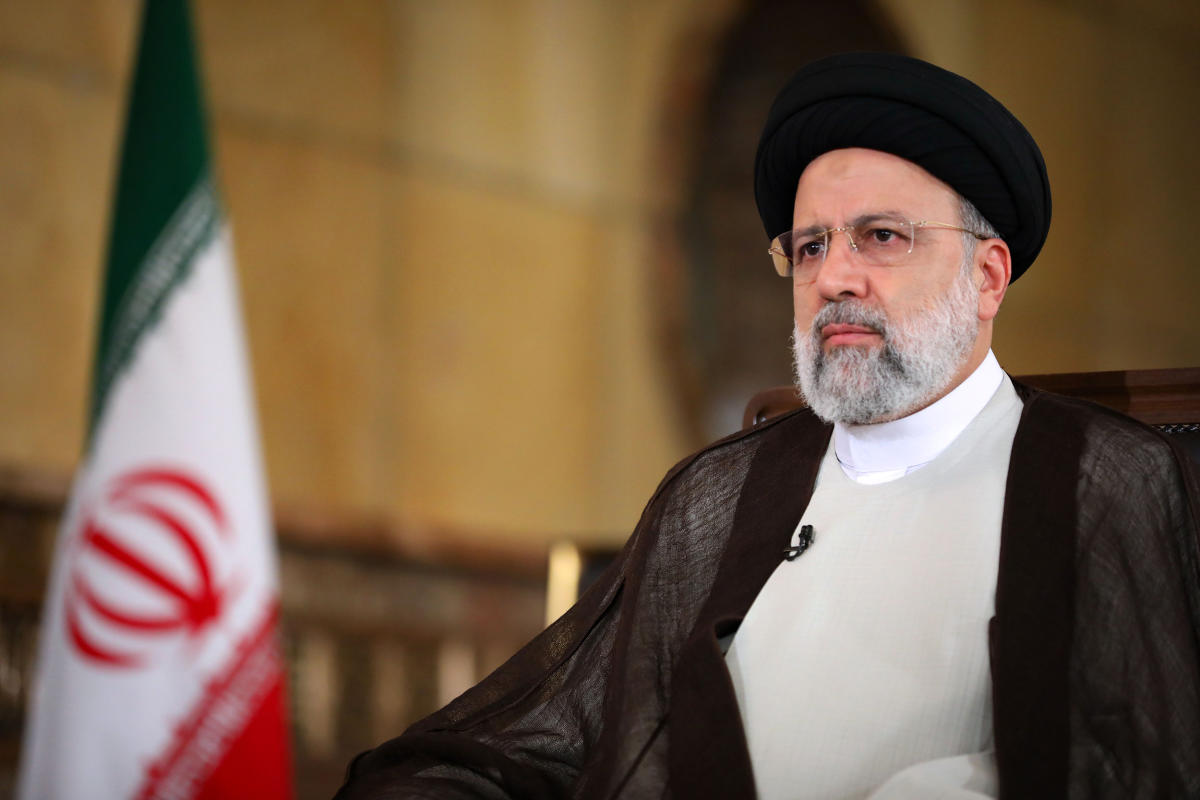
DUBAI, United Arab Emirates (AP) — An Iranian official said Thursday that the protests over the death of a woman who was being held by the morality police have ended in Tehran, even as anti-government chanting could be heard from windows and rooftops in some areas of the country’s capital the previous night.
Iran has been rocked by nationwide protests following the death earlier this month of 22-year-old Mahsa Amini, who was detained by the morality police for allegedly wearing the mandatory Islamic headscarf too loosely. Her death has triggered an outpouring of anger at the country’s ruling clerics.
Iranian police have clashed with protesters in dozens of cities across the country and authorities have imposed internet blackouts try to stifle the demonstrations.
State TV has reported that at least 41 protesters and police have been killed since the demonstrations began Sept. 17. An Associated Press count of official statements by authorities tallied at least 14 dead, with more than 1,500 demonstrators arrested.
Iran held a funeral on Thursday for a policeman who died from injuries suffered several days ago in the working class town of Parand, near Tehran.
Tehran’s provincial governor, Mohsen Mansouri, was quoted by state media as saying the protests in the capital have ended and security has been restored.
Authorities are still blocking access to WhatsApp and Instagram, social media services used by protesters to organize and share information. They are also heavily restricting internet access in the afternoons to prevent demonstrations from forming.
Protesters have resorted to chanting “Death to the dictator” from inside buildings at night, making it harder for police to arrest them. Students have continued to demonstrate on some university campuses, including Shiraz University in the south.
Authorities have meanwhile arrested Elahe Mohammadi, a journalist who reported on Amini’s funeral earlier this month in the Kurdish town of Saqez. She is among several journalists to have been detained since Amini’s death.
The police say Amini died of a heart attack after being detained by the morality police and was not mistreated. Her family has questioned that account, saying they were told by other detainees that she was severely beaten. They also say they were not allowed to see her body.
In a speech late Wednesday, Iran’s President Ebrahim Raisi again vowed to investigate her death but said authorities would not tolerate any threats to public security.
In death, Amini has emerged as an icon of resistance to Iran’s theocracy, which requires women to dress conservatively and cover their hair in public. Authorities have faced waves of protests in recent years, mostly linked to a long-standing economic crisis worsened by international sanctions.
Shirin Ebadi, an Iranian activist who won the Nobel Peace Prize in 2003, said the latest protests are different from earlier ones, telling the German broadcaster Deutsche Welle that “there is a possibility of overthrowing the regime.”
“Unlike previous protests, people aren’t passive. When they are beaten by the security forces, they respond by beating the security forces as well,” said Ebadi, who fled the country in 2009 during an earlier crackdown on dissent.
She called on the international community to withdraw ambassadors from Iran and impose sanctions on those involved in killing protesters.
Iran’s leaders have blamed the protests on unnamed foreign entities that they say are trying to foment unrest. The Foreign Ministry summoned the French charge d’affaires on Thursday, accusing French officials of meddling in Iran’s internal affairs by expressing support for the protests, according to Iran’s state-run IRNA news agency.
But even Jomhouri Eslami, a hard-line newspaper, acknowledged in an editorial that the protests reflect real anger.
“In regards to ending the protests, authorities should not think that the discontent is over and will not grow. The current situation is like embers under the ashes, which can flare up again.”




